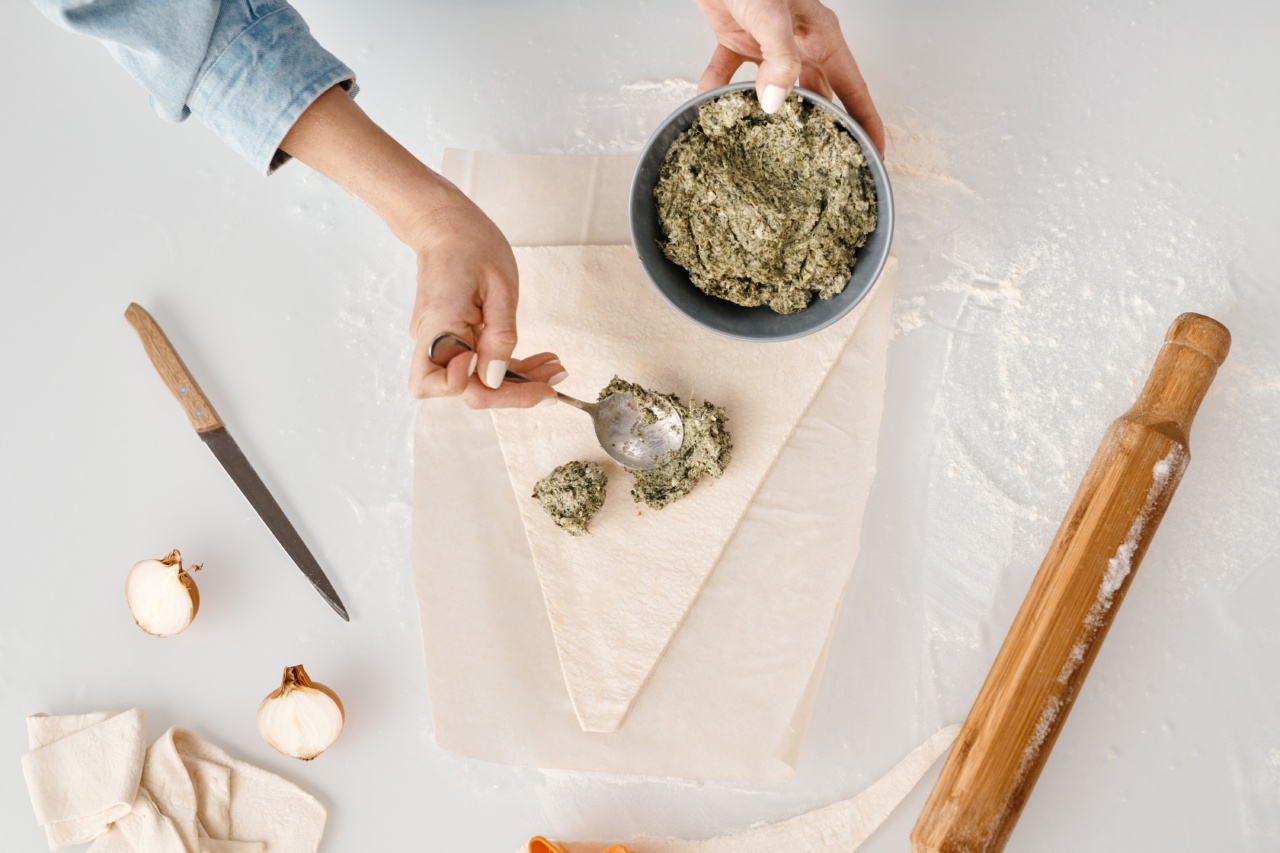Bread is a staple food that can be found in almost every household. It comes in various shapes, sizes, and flavors, appealing to a wide range of taste buds.
However, there are times when we find mold on our bread, leaving us in a dilemma about whether it is safe to consume or if we should discard it immediately.
This article aims to shed light on the topic of consuming bread with mold and help you make an informed decision regarding its safety.
We will explore the potential risks and benefits of consuming moldy bread and provide necessary precautions and handling tips to ensure your health is not compromised.
Understanding Mold on Bread
Mold is a type of fungus that can grow on a variety of organic materials when conditions are favorable. Bread, being a moist and nutrient-rich food item, provides an ideal environment for mold spores to germinate and thrive.
Mold growth on bread is commonly characterized by fuzzy patches, discoloration, and a distinct musty odor.
It is important to note that not all molds are harmful. There are many types of molds that are safe to consume and even used intentionally in certain food production processes, such as the production of certain types of cheese.
However, there are also molds that can produce toxins, known as mycotoxins, which can pose health risks if ingested.
The Risks of Consuming Moldy Bread
Consuming bread with mold can potentially lead to various health risks. The severity of these risks depends on the type of mold present, the amount consumed, and the individual’s overall health and immune system strength.
1. Allergic Reactions and Respiratory Issues
Some individuals may be allergic to certain types of mold. Ingesting moldy bread can trigger allergic reactions, such as sneezing, coughing, wheezing, throat irritation, and even breathing difficulties in severe cases.
Those with existing respiratory conditions, such as asthma, may experience worsened symptoms.
2. Digestive Problems
Molds produce enzymes that can break down food material. Consuming bread with mold can introduce these enzymes into your digestive system, potentially causing digestive problems such as abdominal pain, nausea, diarrhea, and vomiting.
3. Mycotoxin Poisoning
Certain molds, such as Aspergillus and Penicillium species, are capable of producing mycotoxins. These toxins can be harmful to humans and are known to cause a range of adverse health effects.
Mycotoxin poisoning can lead to symptoms like headaches, dizziness, muscle weakness, fever, and in severe cases, liver and kidney damage.
It is worth mentioning that mycotoxin production is not always visible to the naked eye. Even if your bread appears to have minimal mold growth, there is a possibility that mycotoxins might be present.
Evaluating the Situation
When faced with moldy bread, it is crucial to assess the extent of the mold growth and determine the type of mold present. This evaluation can help you decide whether to consume the bread or dispose of it.
1. Extent of Mold Growth
If the mold growth is limited to a small area on the bread, it might be tempting to cut off the affected portion and consume the rest.
However, be cautious as the mold’s microscopic hyphae may have spread throughout the bread, making it difficult to eliminate all traces of mold. It is generally recommended to discard bread with visible mold growth.
2. Penetration of Mold
Mold can penetrate deep into the bread, especially if it is moist. In such cases, even if you remove the visible mold, there may be invisible mold spores and mycotoxins present.
It is advisable to err on the side of caution and discard bread with any signs of mold penetration.
3. Type of Mold
Identifying the specific type of mold is challenging without laboratory analysis. Unless you are certain that the mold is a harmless variety, it is best to avoid consuming the bread. It is not worth risking potential health consequences.
Preventing Mold Growth on Bread
Prevention is always better than dealing with moldy bread. By following some simple precautions, you can minimize the chances of mold growth on your bread and ensure its freshness and safety for consumption:.
1. Proper Storage
Store bread in a cool, dry place. Moisture promotes mold growth, so make sure the bread is completely cooled before storing it. Seal the bread in airtight packaging or use a bread box to keep it fresh for longer.
2. Refrigeration
If you live in a humid climate or expect the bread to last longer, refrigeration can help prolong its shelf life. However, refrigeration can alter the texture of some bread types, so consider this factor before refrigerating.
3. Freeze for Extended Storage
If you want to store bread for an extended period, freezing is a viable option. Slice the bread before freezing, so you can thaw only the required amount, reducing waste and preventing unnecessary moisture exposure.
4. Regularly Check and Discard Expired Bread
Old and expired bread is more prone to mold growth. Check the dates on the packaging and discard any bread past its expiration date.
5. Opt for Smaller Loaves
Smaller loaves tend to get consumed faster, reducing the likelihood of mold growth. If you find yourself frequently throwing away moldy bread, consider buying smaller loaves or slice your loaf into smaller portions and freeze the excess.
Taking Precautions while Handling Moldy Bread
If you encounter mold on your bread, it is essential to handle it appropriately to prevent the spread of spores and minimize potential health risks:.
1. Protective Measures
Wear disposable gloves to minimize direct contact with the mold. This helps prevent potential allergic reactions or skin irritation.
Additionally, cover your mouth and nose with a mask or cloth while disposing of the moldy bread to avoid inhaling airborne spores.
2. Containment
Place the moldy bread in a tightly sealed plastic bag, preventing the spores from contaminating other food items or surfaces.
3. Thorough Cleaning
After handling the moldy bread, wash your hands thoroughly with soap and warm water. Also, clean the surfaces, utensils, and storage containers that came into contact with the mold using hot soapy water and a mild sanitizer.
The Bottom Line
While it may be disappointing to discard bread with mold, it is crucial to prioritize your health and well-being.
The risks associated with consuming moldy bread, including potential allergic reactions, digestive problems, and mycotoxin poisoning, outweigh the potential benefits. By understanding the risks, evaluating the situation, and taking preventive measures, you can ensure the safety of your bread and maintain good food hygiene practices in your kitchen.



























